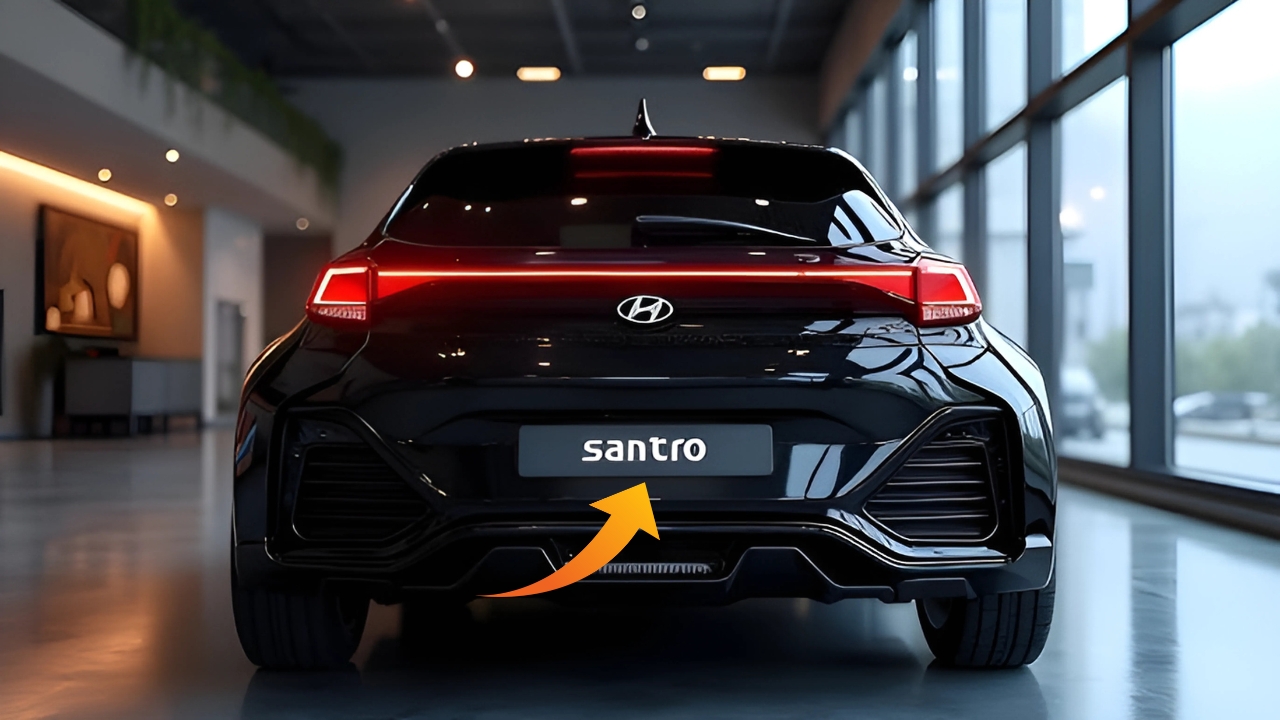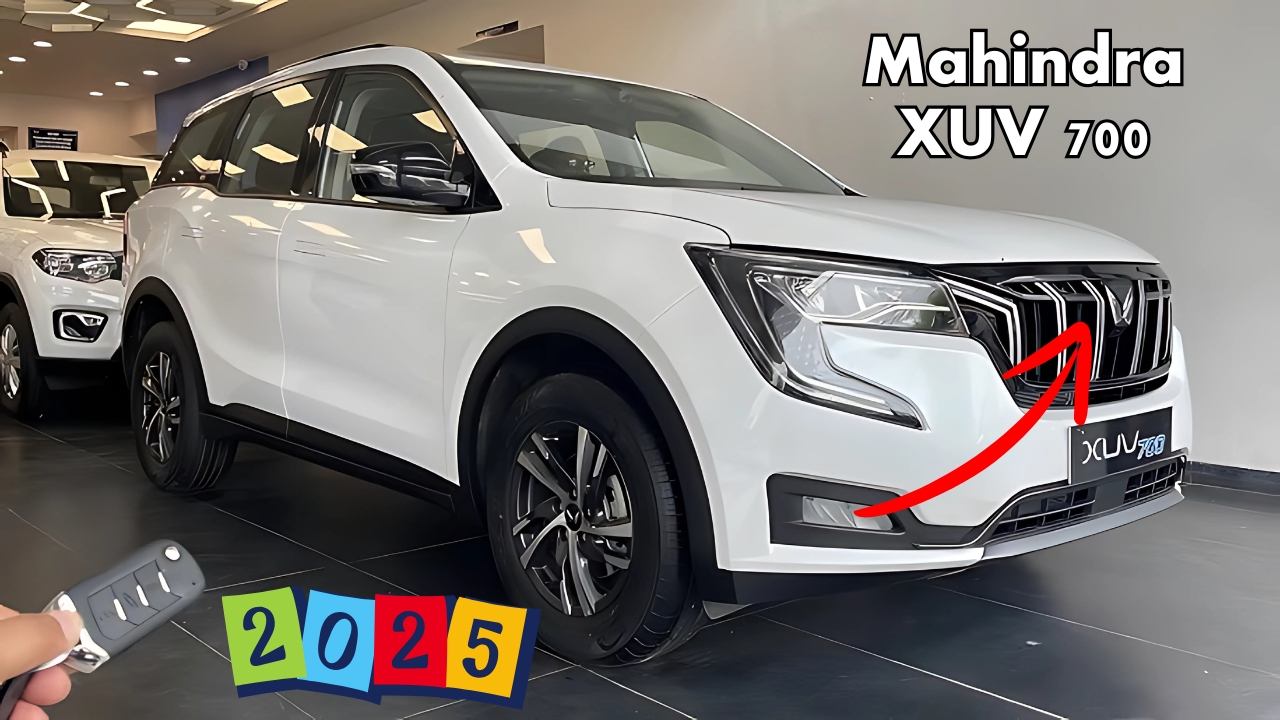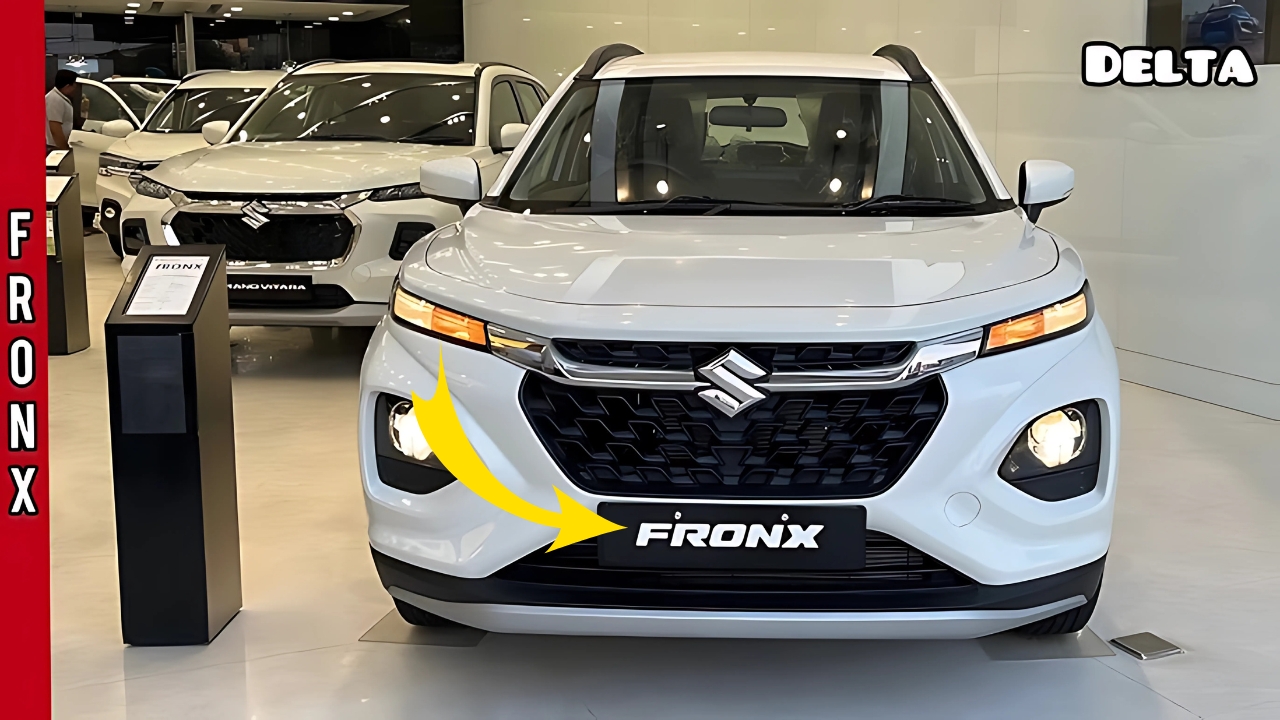Hyundai Santro: In the continuously changing realm of the Indian automotive market, one vehicle has retained a special place in consumers’ hearts—the Hyundai Santro.
This legendary hatchback, making its debut on Indian roads back in 1998, seems ready for a significant comeback.
Whispers of Hyundai’s plans to resurrect the Santro in 2025 are gaining traction, primarily centered around affordability and fuel economy. Let’s explore this thrilling announcement and its implications for budget-conscious car enthusiasts.
The Hyundai Santro, lovingly dubbed the “Sunshine Car,” arrived in India when Maruti Suzuki practically ruled the roads.
Its innovative mix of style, functionality, and price made it a true game-changer, helping Hyundai establish itself as a formidable player in the Indian automotive landscape.
Throughout its journey, the Santro saw numerous updates, each enhancing the charms of the model prior. Nevertheless, changing market trends and shifting consumer preferences led to its discontinuation in 2014.
A short-lived return in 2018 failed to recapture the original’s allure, resulting in its second exit from the market in 2022.
Hyundai Santro: A New Chapter Awaits in 2025
As we edge closer to 2025, Hyundai appears ready to revive this cherished name. The choice to bring back the Santro stems from a profound understanding of the Indian consumer’s needs and a drive to provide an affordable, high-quality entry-level option.
Affordability: The Central Pillar
A significant motivation behind the anticipated Santro relaunch is Hyundai’s mission to facilitate car ownership for a more extensive demographic.
With escalating fuel prices and economic unpredictability, there’s a substantial demand for budget-friendly vehicles that maintain quality and features.
Sources close to the industry hint that Hyundai is aiming for a starting price of approximately Rs. 4-5 lakh for the base model of the new Santro.
This competitive pricing approach could position the Santro as a compelling rival against iconic models like the Maruti Suzuki WagonR and Tata Tiago.
High Mileage: Responding to Current Demands
In today’s world, fuel efficiency has transcended being merely a selling point—it’s essential. The next-generation Santro is expected to boast impressive mileage, with preliminary figures suggesting it could reach around 22-25 km/l in the petrol variant.
Such performance would place it among the top fuel-efficient cars in its class.
Hyundai is likely to achieve this through:
-
State-of-the-art engine technology
-
Lightweight construction methods
-
Aerodynamic design tweaks
-
Possible integration of a mild hybrid system
Anticipated Features and Specifications of the Hyundai Santro
While we await formal announcements, here’s a realistic glimpse into what the 2025 Hyundai Santro might have in store:
-
Engine Variants:
-
A streamlined 1.1-liter petrol engine (echoing the previous generation)
-
The potential addition of a 1.2-liter petrol engine for higher-end models
-
A CNG variant to cater to those preferring alternative fuels
-
-
Transmission Options:
-
5-speed manual as standard
-
AMT (Automated Manual Transmission) for added convenience
-
-
Safety Standards:
-
Dual airbags across all variants as standard
-
ABS with EBD
-
Rear parking sensors
-
ISOFIX anchors for child safety seats
-
-
Infotainment and Connectivity:
-
7-inch touchscreen infotainment system (available in higher variants)
-
Android Auto and Apple CarPlay compatibility
-
Bluetooth connectivity with steering-mounted controls
-
-
Comfort and Convenience Features:
-
Air conditioning, including rear vents
-
Power windows
-
Keyless entry
-
Adjustable steering wheel
-
-
Design and Styling Elements:
-
A modern take on the Santro’s signature tall-boy design
-
LED DRLs and projector headlamps (on top models)
-
Alloy wheels for premium versions
-
Market Positioning and Competition of the Hyundai Santro
The Santro’s revival marks a strategic effort by Hyundai to bolster its presence in the entry-level hatchback market. There’s been renewed interest from buyers seeking affordable personal transportation options, particularly following the global pandemic.
In this competitive landscape, the new Santro will likely contend with well-established models such as:
-
Maruti Suzuki WagonR
-
Tata Tiago
-
Renault Kwid
-
Maruti Suzuki Celerio
To carve out a niche, Hyundai will aim to capitalize on the Santro’s strong brand legacy while providing an enticing combination of features, performance, and value.
Production Plans and Availability of the Hyundai Santro
Hyundai is expected to produce the new Santro at its cutting-edge facility in Chennai, Tamil Nadu. This plant has been pivotal in launching many successful Hyundai models and is equipped with advanced manufacturing capabilities.
Initial production estimates hover around 8,000-10,000 units monthly, with flexibility to scale based on market demand. Hyundai’s extensive dealer network throughout India will ensure that the new Santro is widely accessible, along with reliable after-sales support.
Broader Perspective: Hyundai’s Vision for India
Reviving the Santro is part of Hyundai’s overarching strategy in the Indian marketplace. The company has been systematically broadening its lineup, stretching from entry-level hatchbacks to premium SUVs and electric vehicles.
With the Santro’s return, Hyundai aspires to:
-
Gain a more significant share in the entry-level vehicle market
-
Provide a bridge for novice car buyers into the Hyundai ecosystem
-
Fortify its status as a comprehensive automaker in India
-
Possibly leverage the Santro platform for future small electric vehicles
Opportunities and Challenges Ahead
While the relaunch of the Santro is invigorating, Hyundai encounters several hurdles:
-
Adhering to Strict Emission Standards: The upcoming Santro must meet BS6 Phase II emission regulations, which might affect its pricing and fuel efficiency.
-
Balancing Cost and Features: Delivering a competitive price while integrating modern features and safety technologies presents a challenging balancing act.
-
Adapting to Changing Consumer Preferences: The growing inclination toward SUVs and crossovers may impact the demand for classic hatchbacks.
-
Navigating an Electric Future: As the auto sector moves toward electrification, Hyundai will need to contemplate the Santro’s role in its long-term EV strategy.
Nonetheless, these challenges also give rise to opportunities:
-
Pioneering Affordable Mobility Solutions: The new Santro could exemplify Hyundai’s ability to deliver cutting-edge features at accessible price points.
-
A Platform for Future Innovation: The Santro could serve as a foundation for developing budget-friendly hybrid or electric vehicles in the foreseeable future.
-
Building Brand Loyalty: Successfully reintroducing the Santro might cultivate a fresh wave of loyal customers for Hyundai.
Conclusion: A New Dawn for a Beloved Classic
The potential relaunch of the Hyundai Santro in 2025 symbolizes more than just reviving a popular model; it showcases Hyundai’s dedication to the Indian market and its keen insight into consumer needs. With an emphasis on affordability and fuel efficiency, Hyundai is tackling two pivotal concerns for Indian car buyers.
As we anticipate official updates and further details, one thing is certain: the return of the Santro could once again transform the landscape of the entry-level car market.
If Hyundai can manage to recapture the essence that made the original Santro a favorite while integrating modern technologies and features, we may witness the emergence of another automotive icon in India.
As the countdown to 2025 begins, all eyes are turned toward Hyundai. Will the new Santro uphold its legacy and reemerge as the shining star in Indian households? Time will tell, but the outlook certainly appears optimistic for this comeback story.






